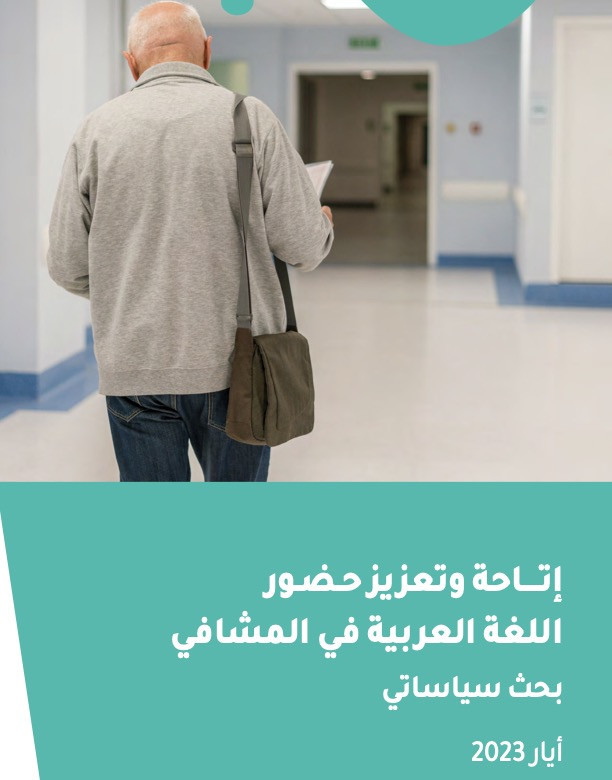
GCED Basic Search Form
Quick Search
You are here
Resources

Public space in Israel constitutes a meeting point between Arab and Jewish citizens. This space includes health institutions, higher education institutions, cultural and artistic institutions, and others. The presence of the Arabic language in the public sphere is necessary in order to enable Arab citizens to achieve their basic right to obtain clear and reliable information in their mother tongue. The absence of the Arabic language from this sphere and its partial or incomplete presence carries an implicit message of exclusion and neglect of Arab citizens. Hospitals are an extremely important part of the public space, because they are entrusted with the protection of basic rights – the right to life and the right to health. In addition to their vital services, hospitals are among the main employment centers in Arab society, employing doctors, therapists and many other professional staff. Therefore, enhancing the presence of the Arabic language in health institutions may contribute significantly to disseminating and consolidating the values of common life and building a common society in Israel. The Ministry of Health gave this issue utmost importance in the Director-General’s Circular of 2011, specifying that “signage in health institutions must be compatible with the linguistic composition of the main population segments that receive services in these institutions.”
Wherever possible, signs are available in three languages: Hebrew, Arabic and English.
The “Sikkuy-Ofoq” association believes that within the framework of health care, the Ministry of Health and hospitals must also bear responsibility for creating an equal and shared space that includes Arab citizens and their language.
This research aims to survey and evaluate the level of Arabic language presence in hospitals. The survey was conducted at the beginning of 2022 in 12 hospitals in various parts of the country, where a survey was conducted to determine the extent of the presence of the Arabic language in the different types of signage on the paths frequented by the largest number of visitors within the hospital space. Emergency signs, warning signs, directions and prohibitions signs, and signs to direct and facilitate movement. .
The results and obstacles that we reached in the survey process are documented in the full paper, along with a series of recommendations that contribute to improving the situation, and they are directed to the Ministry of Health and hospitals.
